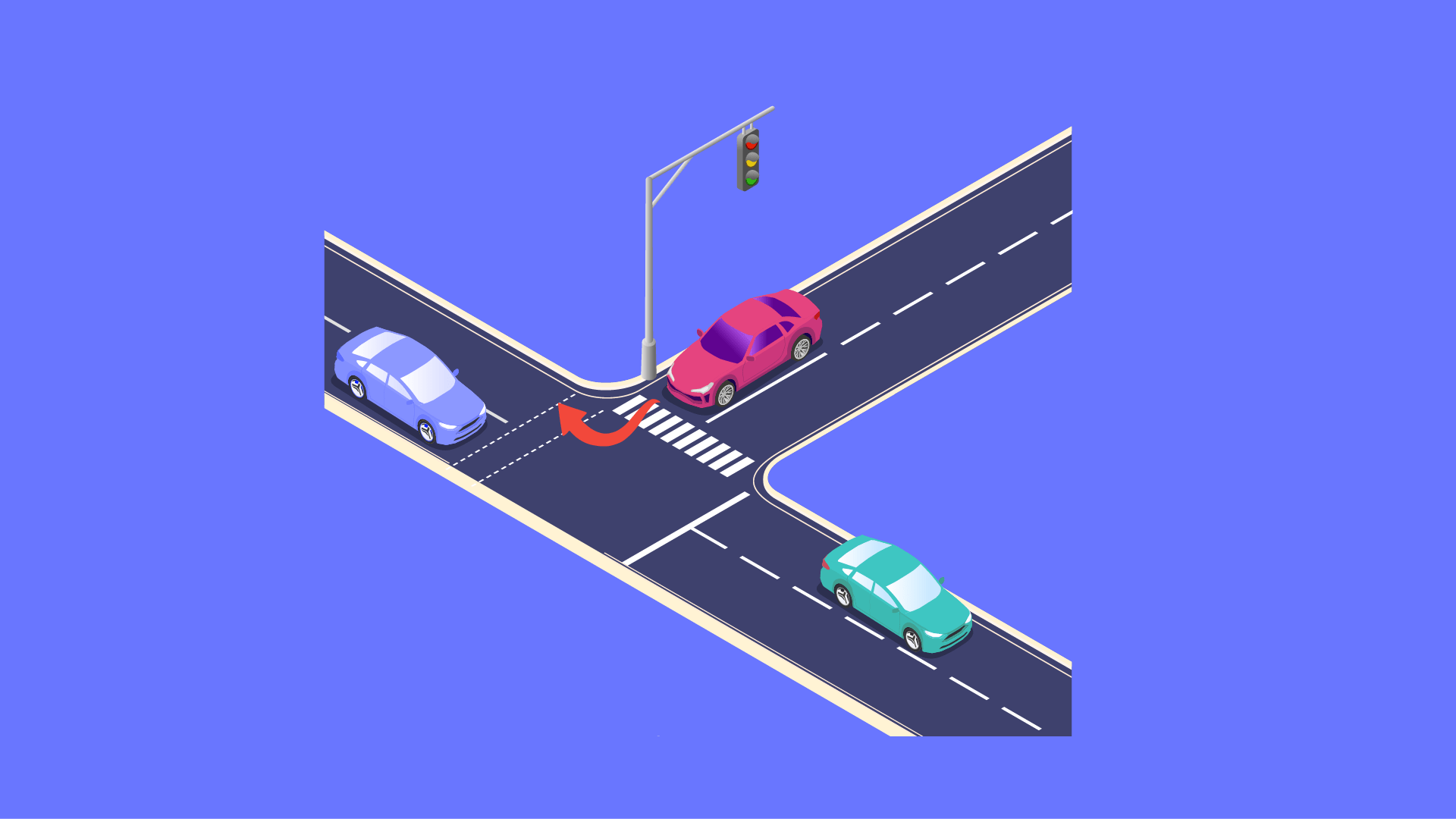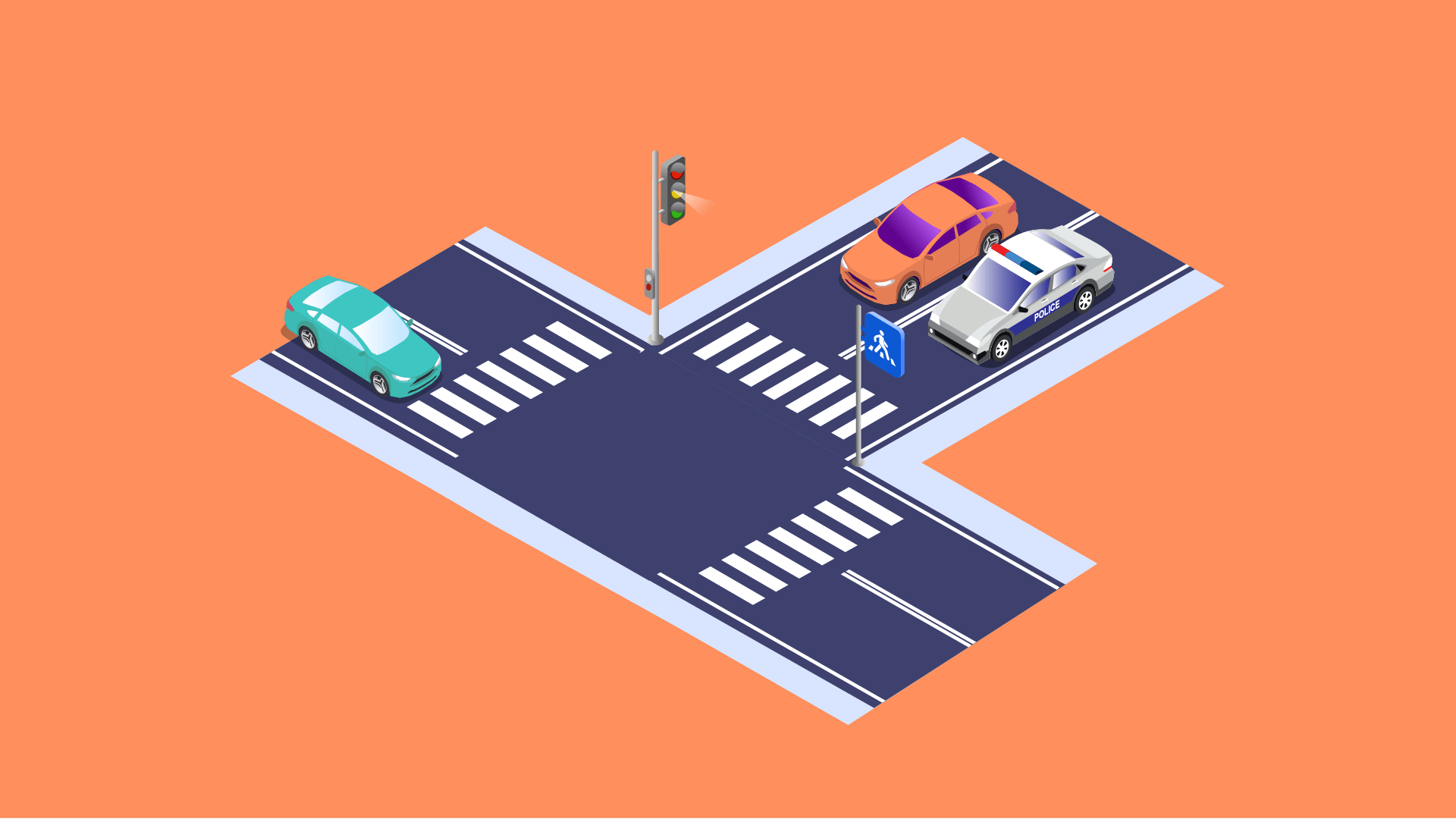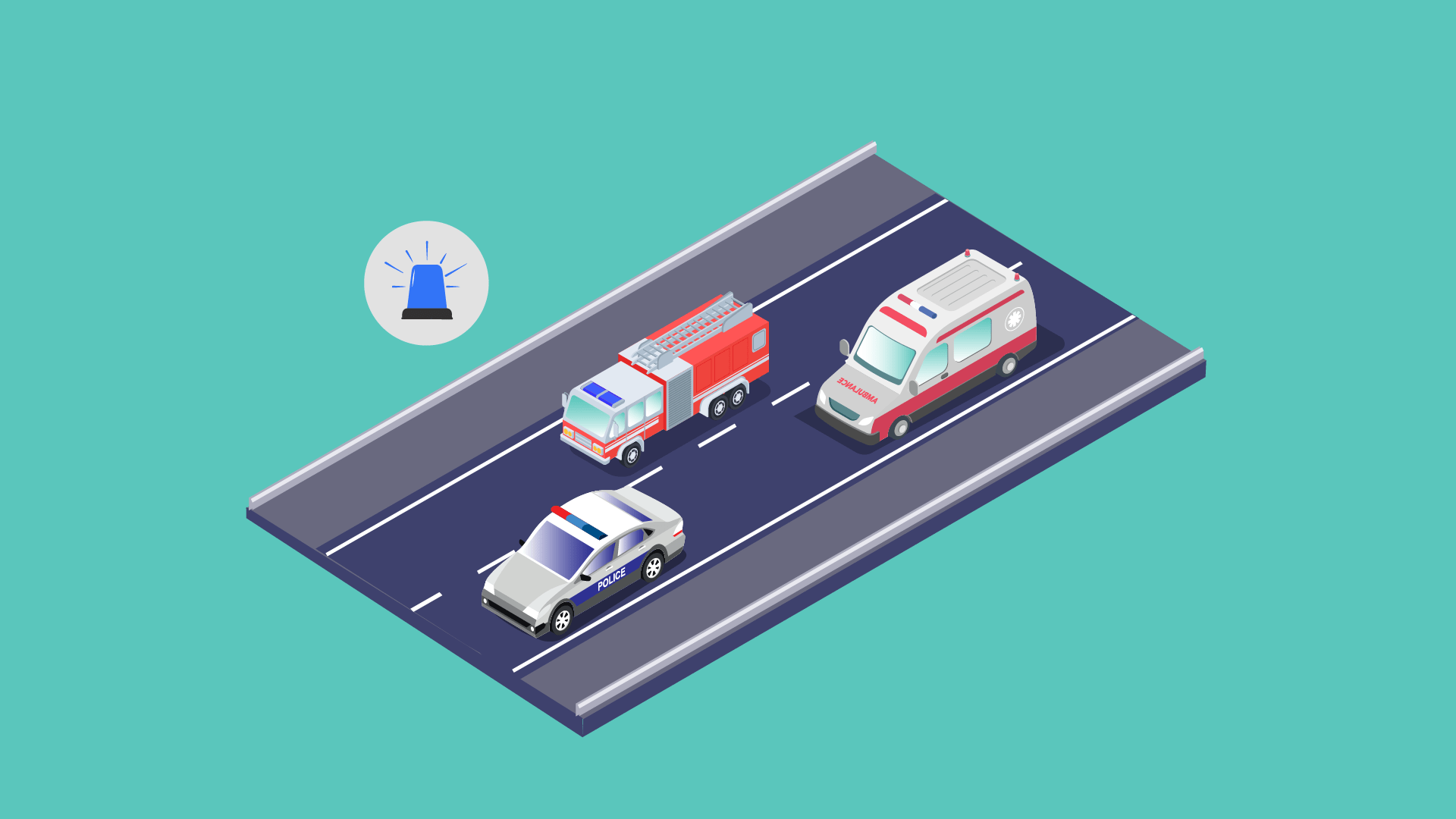Which vehicle will use a blue flashing beacon?
By Umm e Hani on May 07, 2024Contents
- Which Vehicle Will Use A Blue Flashing Beacon?
- The Significance of Blue Flashing Beacon Vehicle
- How Should Drivers Respond?
- Local Regulations and Universal Principles
- That’s A Wrap!
Welcome to the road to confident and responsible driving! As a new driver, it is important to understand blue flashing beacons. In this guide, we'll highlight which vehicle uses blue flashing beacons and why.
Which Vehicle Will Use A Blue Flashing Beacon?
Emergency vehicles are adorned with distinct blue flashing beacons.
But why blue?
Blue is a highly visible color. Especially in various lighting conditions. It makes it the go-to choice for emergency situations.
1. Police Vehicles
Police vehicles are equipped with blue flashing beacons to signal their presence. And navigate through traffic during emergencies. The use of these beacons enhances law enforcement's ability to respond quickly.
2. Ambulances
Ambulances employ blue flashing beacons. They use blue beacons to alert other drivers and pedestrians. This is because of their urgent medical missions. The visibility provided by the blue light helps ensure a clear path.
3. Fire Trucks
Fire department vehicles include fire trucks. They utilize blue flashing beacons to indicate their emergency status. This helps them quickly reach locations to rescue operations.
4. Search and Rescue Vehicles
Vehicles involved in search and rescue operations feature blue flashing beacons. These beacons are employed to enhance visibility during critical missions.
5. Security and Law Enforcement
Certain security agencies use blue flashing beacons on their vehicles. They use this to distinguish themselves during patrols or security operations. The beacons contribute to public recognition and awareness.
6. Utility & Maintenance Vehicles
Some utility & maintenance vehicles incorporate blue flashing beacons. This is particularly common when these vehicles need to perform tasks urgently.
The Significance of Blue Flashing Beacon Vehicle
When you spot a vehicle with a blue flashing beacon, it's not just a fancy light show. It means the operator is swiftly dealing with an emergency. Be it a medical crisis, a fire, or a law enforcement matter. The blue beacon commands attention. The choice of blue isn't just for show; it's intentional. Blue ensures the beacon stands out, demanding attention in diverse lighting conditions.
The blue flashing beacon isn't merely a visual spectacle; it's a symbol of urgency. When you see a vehicle with this distinctive blue light, it's more than a color—it's a clear indication. The operator is responding urgently to an emergency situation. It could be a medical or fire emergency, or a matter requiring law enforcement attention. For drivers, it's not a suggestion but a directive. A vehicle with a blue flashing beacon demands the highest priority on the road. It's not just about following traffic rules; it's about responding promptly and safely. This ensures the effectiveness of emergency services. The blue flashing beacon isn't just a light; it's a reminder of shared responsibility.
How Should Drivers Respond?
Blue flashing beacon isn't just a suggestion to clear the way; it's a legal directive. When you encounter a vehicle with a blue beacon, you must give it the highest priority on the road. Safely and promptly make way for these emergency vehicles to pass. This action follows traffic laws. It also plays a pivotal role in facilitating the swift response of emergency services. This, in turn, has the potential to save lives.
Local Regulations and Universal Principles
- Blue beacons in the UK are exclusively for emergency service vehicles.
- Local regulations govern when and how blue beacons can be used.
- Specific standards ensure the brightness and visibility of blue beacons.
- Only authorized emergency vehicles can display blue flashing beacons.
- The use of blue beacons is not just a best practice; it's a legal requirement in the UK.
That’s A Wrap!
As a new driver, approaching the blue flashing beacon with heightened awareness is essential. It's not just a visual spectacle; it's a call for immediate and respectful action. Remember, road safety is a shared responsibility. Understanding the significance of blue flashing beacons contributes to the well-being of everyone on the road. Stay informed, stay safe, and drive with confidence on your journey as a new driver.


